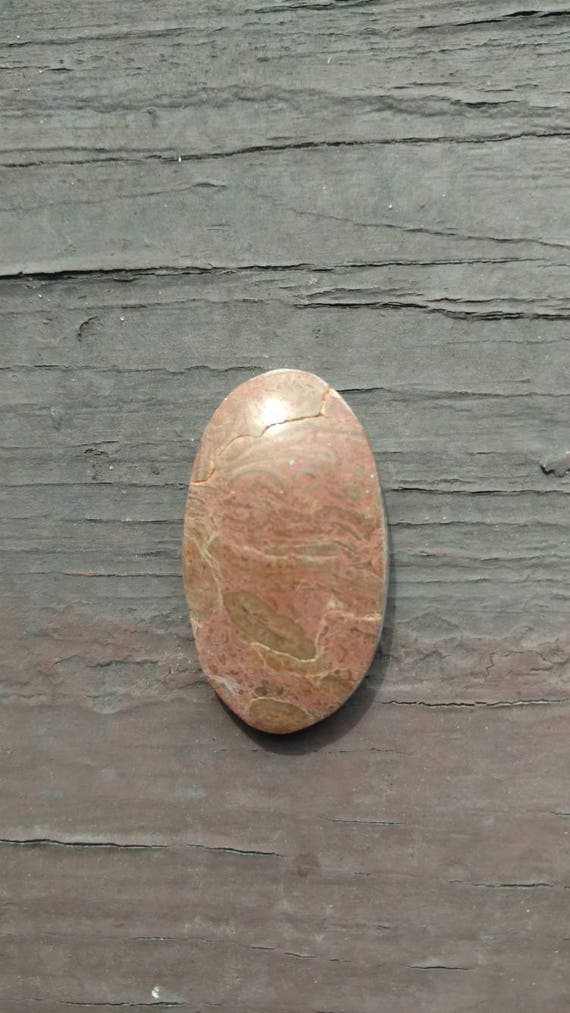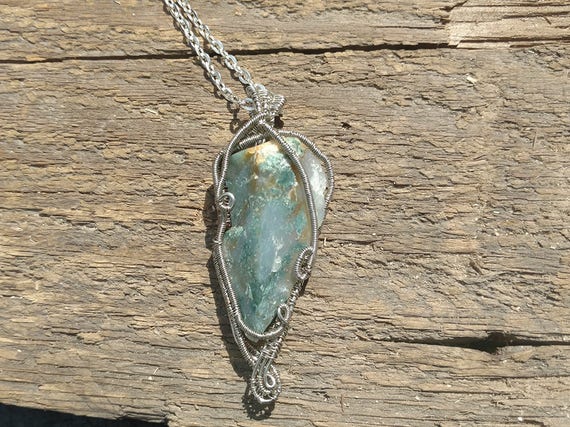Thomas Mountains,
Utah
This summer when I did my dinosaur expedition to Utah, we
took some time to go to the Thomas Mountains in eastern Utah. We actually went there last year as
well. This place is amazing! The geology of the region is very complex,
with multiple events occurring in the same place over a span of hundreds of
millions of years. The Thomas Mountains
are a volcanic mountain range that formed about 50 million years ago to as
recently as 1 million years ago, near the time of the end of the formation of
the Rocky Mountains. Numerous volcanoes
litter the region and most of them are calderas, giant volcanoes that erupted
very violently. Because of the volcanic
activity in this area, gemstones are very common throughout the region.
Probably the best known caldera is Topaz
Mountain, appropriately named because natural amber-colored topaz is found
here, along with red beryl, amethyst, garnet, bixbyite, opal and hematite. The minerals are found in cavities in the
rhyolite ash that was deposited when the volcano erupted. It can be a lot of work to break open the
rhyolite to find the cavities with the precious minerals inside. In
the picture, you can see the crater of the caldera. The area of Eureka is also famous for many
metal deposits, including gold and silver.
 |
| Topaz Mountain near Eureka, Utah |
To the southeast of Topaz Mountain, near the town of Nephi,
precious calcite onyx can be found. The
popular flowering
tube onyx is from this area as well as yellow, red and white banded
sardonyx, which will be available on Ruby Mountain5 Rocks soon. The onyx forms when geothermal fluids from
the volcanoes flowed through calcium-rich rocks in the mountains, depositing
bands of colorful silica.
 |
| Flowering Tube Onyx |
 |
| Sardonyx |
 |
| Available at Clidastes Stones |
To the west of Eureka is the
town of Birdseye, where birdseye rhyolite is found (Utah Birdseye Rhyolite will
soon be available at Ruby Mountain5 Rocks, currently you can find Mexican
Birds Eye Rhyolite)
 |
| Birdseye Rhyolite, Utah |
 |
| Available at Clidastes Stones |
South of Delta is another kind of volcano, Sunstone Knoll is a locality that is andesite lava. In the cavities in the andesite, you can find small yellow sunstone crystals. Sunstone is a gem variety of the mineral feldspar, the same class of minerals that includes moonstone and labradorite.
Sunstone knoll is a cinder cone. Cinder cones are smaller volcanoes that are less explosive and produce more lava than ash.
 |
| Sunstone Knoll. Image from millardcounty.com |
My most favorite gemstone from this area is the bacon opal. Bacon opal is formed when geothermal fluids
flow through rhyolite layers and deposit colorful bands of silica rich in iron
minerals. Every piece of this material
is unique. You can find specimens of
bacon opal at Ruby
Mountain5 Rocks, Bacon Opal.

One of the most famous and sought after gemstones from
Thomas Mountains is Tiffany
Stone. Tiffany stone is becoming
very rare because the locality has not been open to collecting for quite a long
time and the only stock available was collected over 30 years ago. Tiffany stone is opalized beryllium-rich fluorite
and bertrandite. This stone has a
cracked marbling of creamy white and purple.
You can get your own Tiffany Stone at Ruby
Mountain5 Rocks.
By Dr. Janet Bertog, Professor of Geology
Owner of Ruby Mountain5Rocks
Owner of Clidastes Stones



























